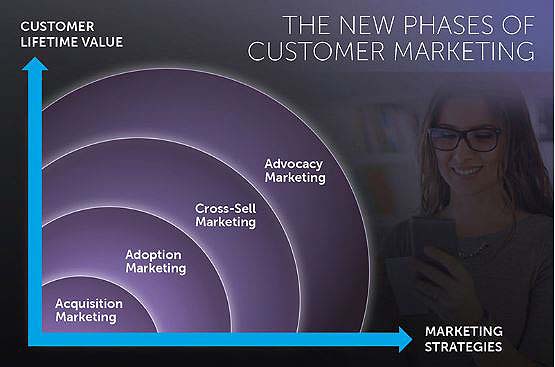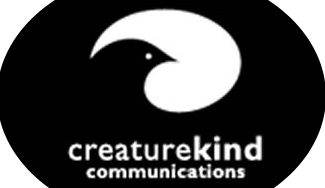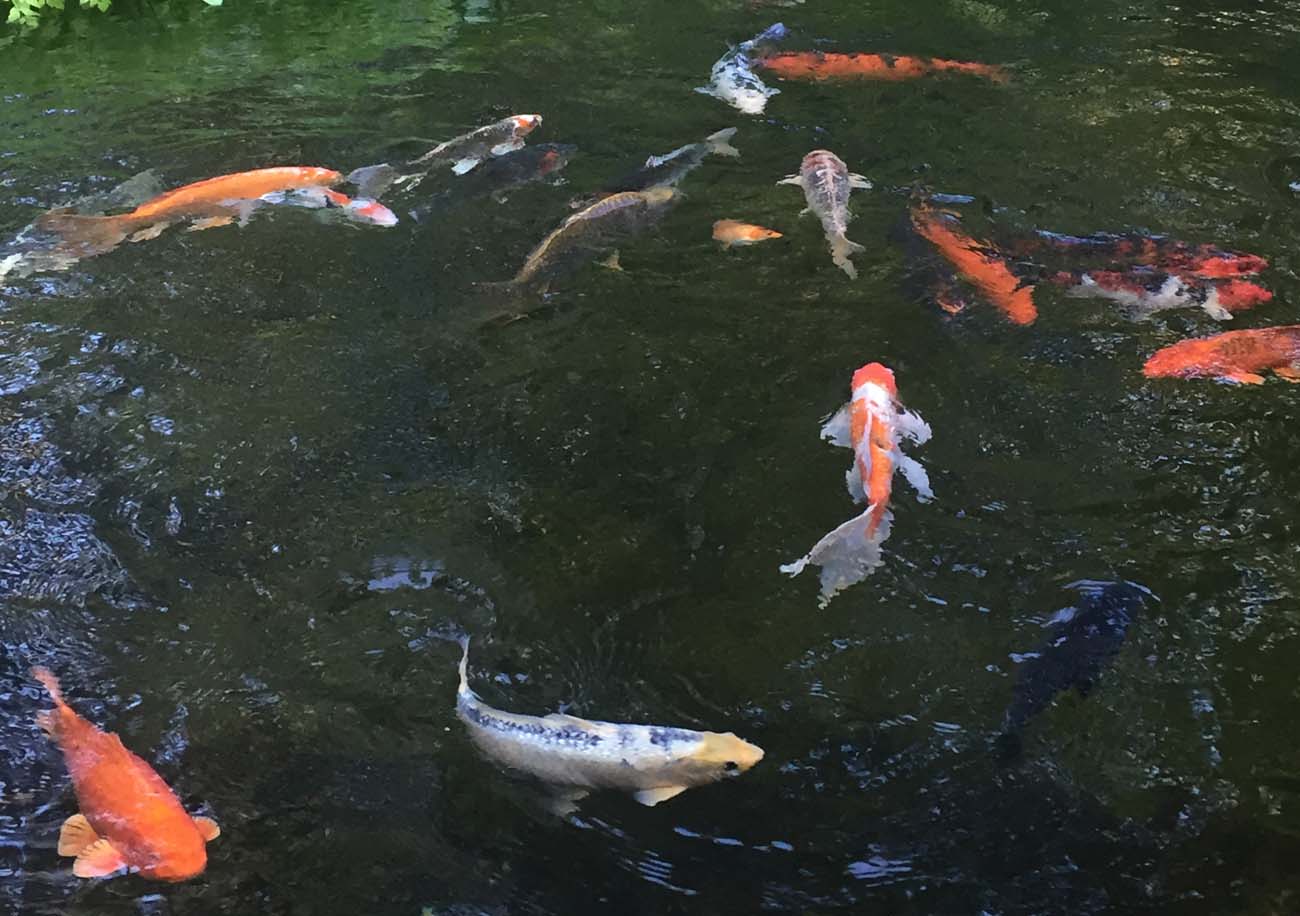Regenerative Revenue: A Lifecycle
Modeling systems design after nature is seen in many walks of life – business, work and play. Dramatically, nature has inspired some industries more than others for example say from aeronautics to national defense or from sustainable agriculture to hydroponics. In like kind, marketers and product developers have looked to nature’s life cycle to add resilience to their inventions, as a means to bake in innovation and assess changes in demand, audience and market over a product’s lifetime. The product lifecycle has been around for a long, long time but the concept of regenerative revenue as an extension of this needlessly missing. What is regenerative revenue? Its values driven.
These kinds of investments or contributions that expand “in real life” (IRL) networks and member-based communities to advance social or a shared, greater good. Each layer of animation referred to as conversion in for profit customer activation, a hard currency expectation and experience assumed. However inciting specific responses to guide folks who care about places, creatures, wellness and the planet is a distinct case of regenerative revenue.

Regenerative revenue a less developed concept, perhaps in that its strength shines brightest in nonprofit markets. A unique lifecycle-based revenue strategy when referring to mission-based work, or content products that are often purpose or relationship-based, more so than hard goods or say, a luxury purchase. The smaller reoccurring revenues that come from investment appeals typically packaged up into a larger campaign or initiatives to secure subscription, content funding, association, connection, membership or affinity in support of civic, community wellness or environmental values. Many steps within this lifecycle are soft currency; like volunteering, writing a letter, making a phone call, giving someone more fragile your seat on the bus. These are all core elements of what makes humanity human, these softer exchanges of value that have for far too long gone without attribution. Or the creation of a means of language and set of metrics to gauge their true power, to authentically connect, resonate, relate, refer, reform, contribute, consult and confer. As a means of example, regenerative revenue has numerous “soft qualifiers.” Their signature move is in aggregate any given combination of these soft qualifiers guides an individual to animate, participate, populate a given opportunity. The regenerative nature of this is good will, the good will and the coveted oxytocin hit investment in a values driven currency exchange yields.
A Journey: Regenerative Revenue Readiness
Soft value refers to things that are aligned with the ways we live, learn, relate and connect. The “feeling economy” in my work I’ve witnessed as a unique tipping point, akin to what many marketers refer to as the “engagement economy” in a more generic way. In parallel to much study on a variety of interpretations of the “happiness index” and other performance indicators, analytics or metrics monitoring.
There is a largely un-tracked human area of economy where feeling is something about more than what hard money can buy. It’s a way of connecting ideas, emotions, values and access to a world most humans aspire to occupy. I live in Portland, Oregon and grew up in the Northwest. Seattle, Washington was my childhood romping grounds. Growing up with an innate sense of wealth due to the access readily available to beaches, parks, woods, mountains, oceans and a community-scape that empowered me with a sense of wonder. When young my family didn’t have much, but I didn’t notice it with so much space to revel and take refuge in. Breathing fresh air, swimming in rivers, drinking fresh water or eating food from a world famous farmers market in downtown Seattle seven days a week. In a time now where pesticides or GMOs or poultry or meat full of hormones injected to speed growth or antibiotics to immunize, we are being acculturated to disconnect from our own source. Byproduct of the new norm of US food production. Harvesting seafood from a sea mercury free, is all becoming part of a privileged class lifestyle. But there are many things money can’t buy, as with very little the many able to invest in a future world where qualities of democracy, land, air and the water that sustains us — remains a shared motivator, a grand leveler. Generations coming forward are less into stuff and owning cars, as traditional consumption patterns begin to shift. Different demographics, regions or areas will see this in different ways. As a global community now connected by the Web, the planet we occupy and the richness it affords us in any number of most basic ways, we hold common. The concept of regenerative revenue taps into the audience lifecycle in a way that humanizes how, where and why people may come to care about your service, product, idea or community.
Culture of Connection
There is an innate human condition that opens the mind to learning, the body to wellness or the soul to seek renewal. And this idea of regenerative revenue for the things in our lives — we opt in to resource –authentically qualify themselves by virtue of their unique value often seen as an extension or expression of identity, self or nature’s greater value held as personal. Or attributes we relate with as essential to quality of life, freedom, health or preservation of places and spaces that matter. When causes, content, campaigns or initiatives get filtered through the human radar, why is it things resonate or repel the folks targeted?
The concept of regenerative revenue, and its lifecyle, is a way or frame of context that offers an audience aligned reset. An opportunity to revisit the breadth and depth of the value your content, cause, sustainable product or a set of unique functions that make your service, product or brand unique. It’s a process of reverse engineering your marketing paradigm, starting with the audience and the existing culture you find yourself in.
At the core of this concept is the relationship and respect cultivated with the customers, readers, members, subscribers, voters and the community you and your product set are a part of and serve. The spectrum of ways possible now is spectacular to stay connected with, listen to, or learn from the populations that support or are the reason why we’ve shaped the businesses or organizations that we have. Tapping into the meaning extracted from a product or service and its contribution to peoples’ lives, begins a very important inventory. An inventory of soft value or a set of metrics that anchor elements of value far more than not, left off the table. But often the reason some brands, companies, publishers, groups or campaigns succeed over the long haul or come and go, as trends burn hot and then fizzle out. Its the relationship, the tapping into the ethos and value in a model of service, that can take years or decades to truly master. Or to develop a business with the goal of exit. Or to grow an initiative into an existing organization or if a specific cause or movement, ending work a signal of success. As would be the case with a singular purpose at a particular point in time.
Regenerative is as regenerative does
This post an introduction in the concept of regenerative revenue, and the idea of life cycle in these terms may take a number of forms. Forms meaning to customized to deliver against the unique value set represented. But the elements: awareness, relevance, alignment, acquisition, adoption, retention, reflection, renewal, rinse and regenerate are principles common . Different verticals will have different attributes, advantages and adaptations of these principles. This begins a series where different use case and examples or potential applications will be explored. Welcoming you to weigh in on examples this brings to mind for you. Or where you see a “soft value” life cycle model might act as a game changer?



